Indian secures US green card after 14 years, shares ordeal
The researcher recounts his 14-year journey through student, work, and research visas before finally securing US permanent residency.
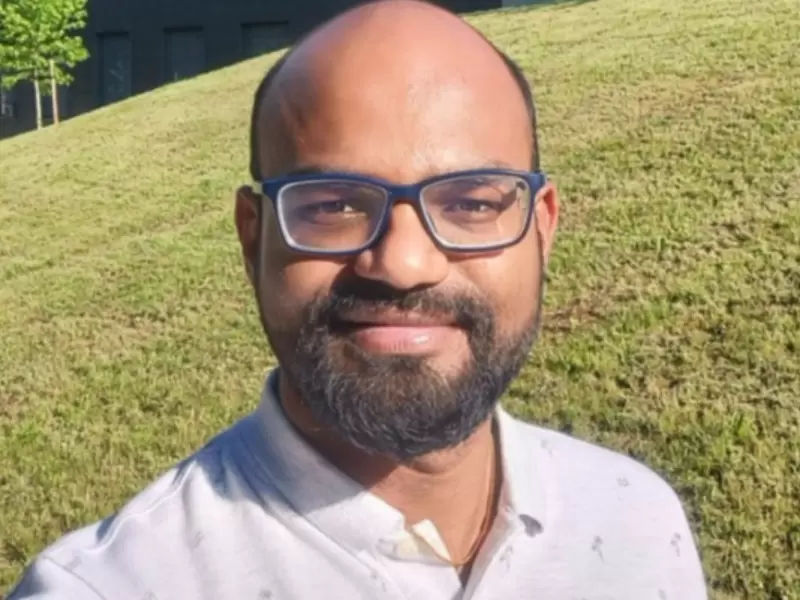 Rajavasanth Rajasegar / LinkedIn (Rajavasanth Rajasegar)
Rajavasanth Rajasegar / LinkedIn (Rajavasanth Rajasegar)
Indian researcher Rajavasanth Rajasegar received permanent residency in the United States after a 14-year wait, marking the end of what he described as the “visa clock” that had defined much of his academic and professional journey.
In a LinkedIn post announcing the development, Rajasegar reflected on the hurdles, milestones, and institutional support that shaped his path. “Green card in hand — after 14 years, the visa clock has finally stopped ticking,” he wrote.
Also Read: Trump’s $100K H-1B fee leaves “too many open questions” says immigration attorney
His journey began in August 2011 when he moved to the US on an F-1 visa to pursue a master’s degree in mechanical engineering at the University of Illinois Urbana-Champaign (UIUC). He went on to complete a doctorate at the same institution, graduating with a 4.0 GPA.
Over the years, he navigated F-1 renewals, Optional Practical Training (OPT) with a STEM extension, a cap-gap exempt H-1B during the pandemic, and eventually transitioned into a faculty role.
Rajasegar acknowledged the support he received from UIUC and at Sandia National Laboratories. “Since January 2024, I’ve had the privilege to contribute as a tenure-track faculty member at Colorado School of Mines — opportunities made possible by the incredible support of U.S. institutions, mentors, and research programs,” he said.
The green card process involved multiple setbacks. “Even with that support, the visa clock never felt far away. I told myself I’d try EB1A — if denied, I’d look for opportunities elsewhere,” he wrote, noting that an unexpected Request for Evidence (RFE) questioned the relevance of his work.
The process ultimately required additional letters, two years of adjustment paperwork, and a reset trip to Mexico before approval was finalized.
Recalling the uncertainty, he wrote, “I still remember asking my manager in Feb 2020, ‘Can we start H-1B just in case?’ Three months later — while the world was shutting down — I had it in hand, along with a letter affirming ‘You matter to us and to the U.S.’ I was even granted an exception to complete my H-1B stamping, thanks to mentors who believed my work mattered. But until now, the clock was always ticking.”
On receiving his green card, he observed, “Today, that clock doesn’t exist. That’s the only real difference — and it’s a big one. I hope the American Dream — whatever it truly means — stays alive and accessible for the students and professionals who, like me, come here not just for themselves, but to contribute to the future of this country.”
Rajasegar case comes against the backdrop of a growing green card backlog for Indian nationals, with more than a million people reportedly waiting in the employment-based queue due to per-country limits and visa bulletin delays.
While the EB-1A route has offered relatively faster approvals for highly accomplished professionals, the process remains uncertain, with retrogression of priority dates and long processing times affecting thousands of applicants.
ADVERTISEMENT
ADVERTISEMENT
E Paper
Video




 Malvika Choudhary
Malvika Choudhary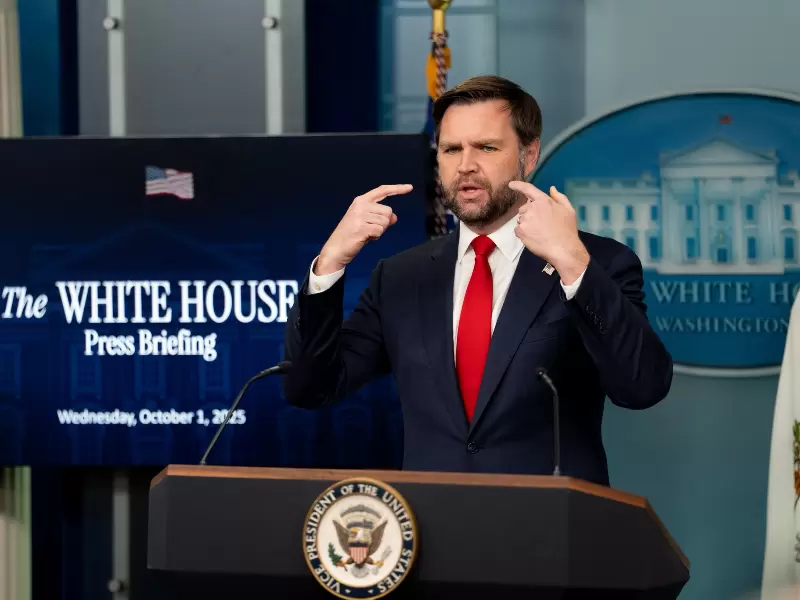
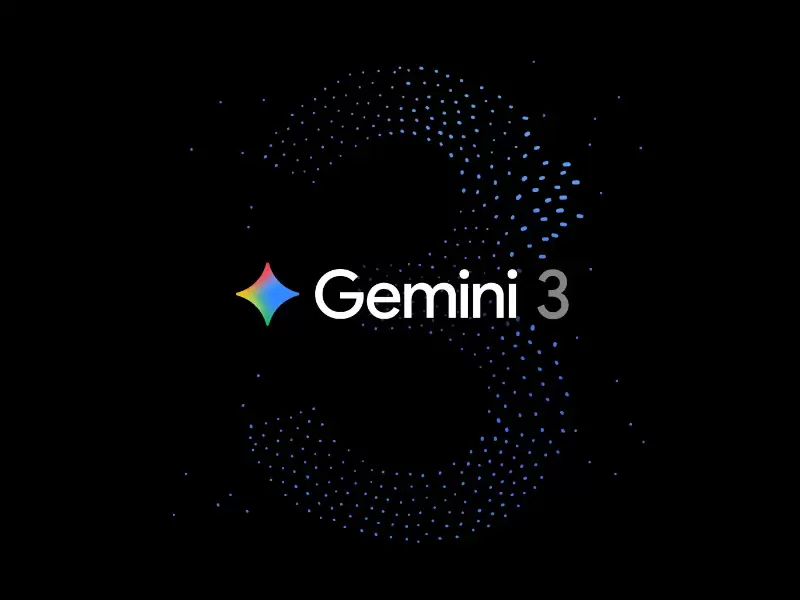
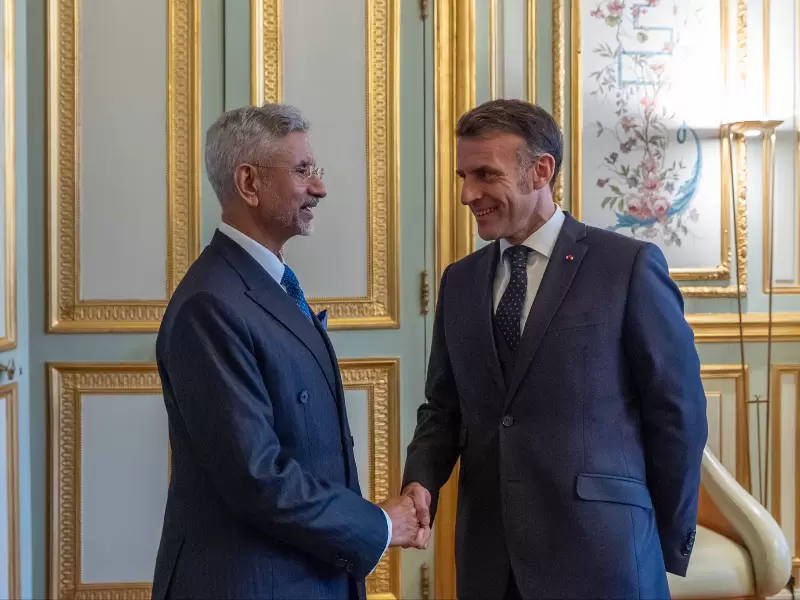
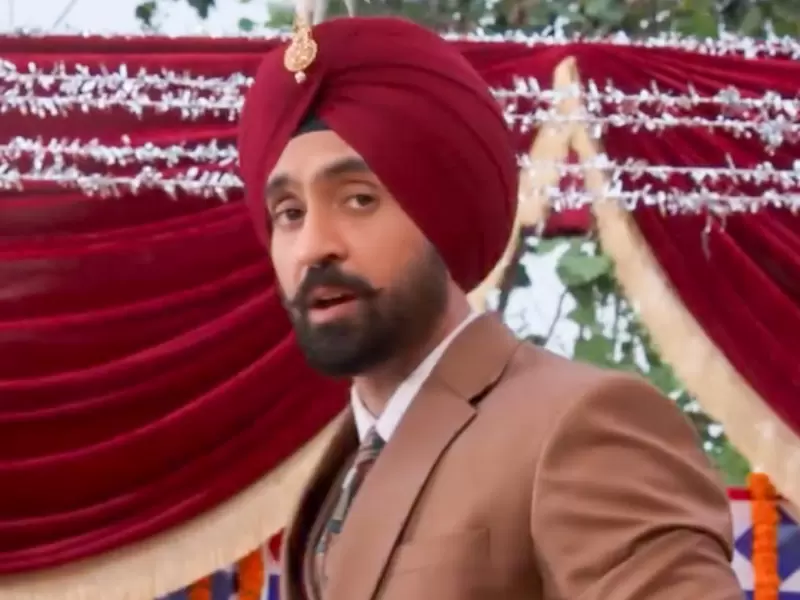

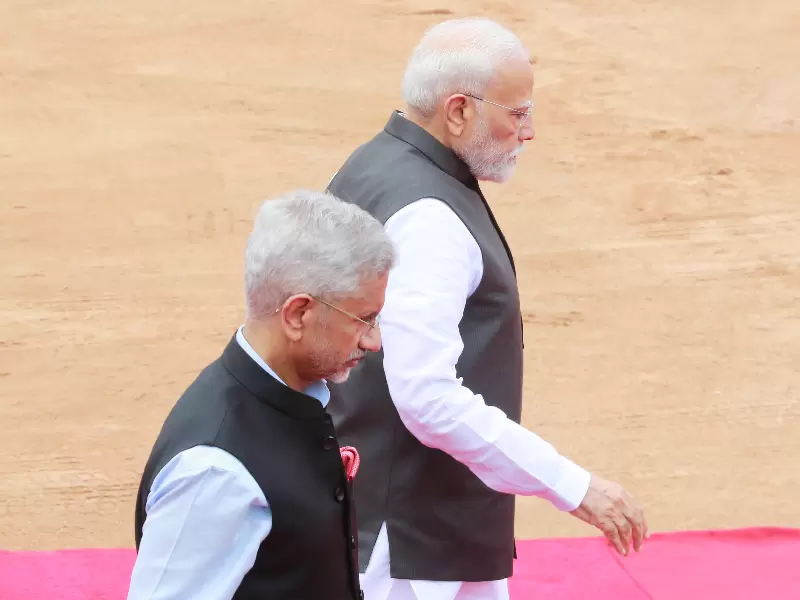
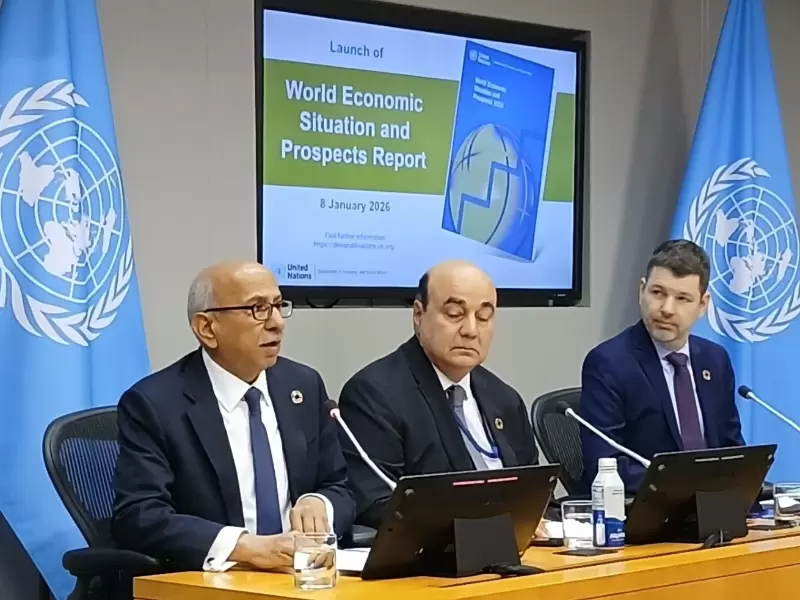

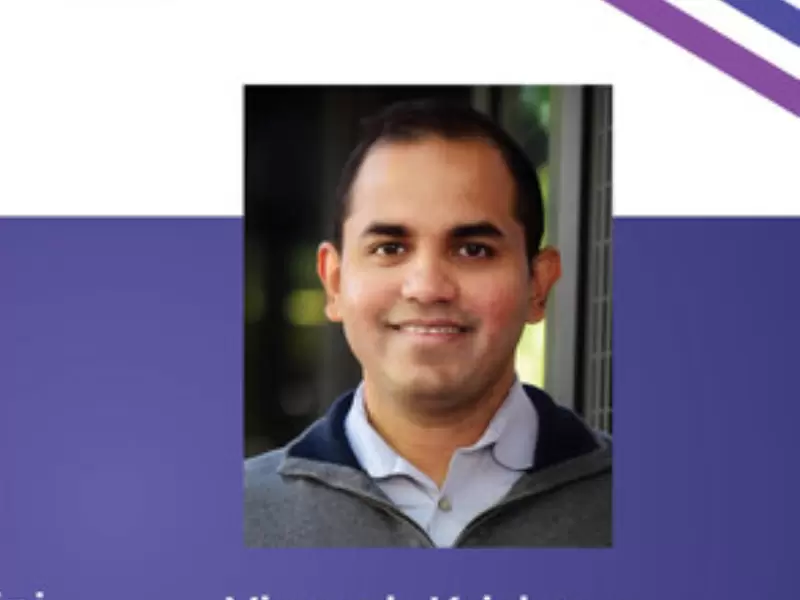
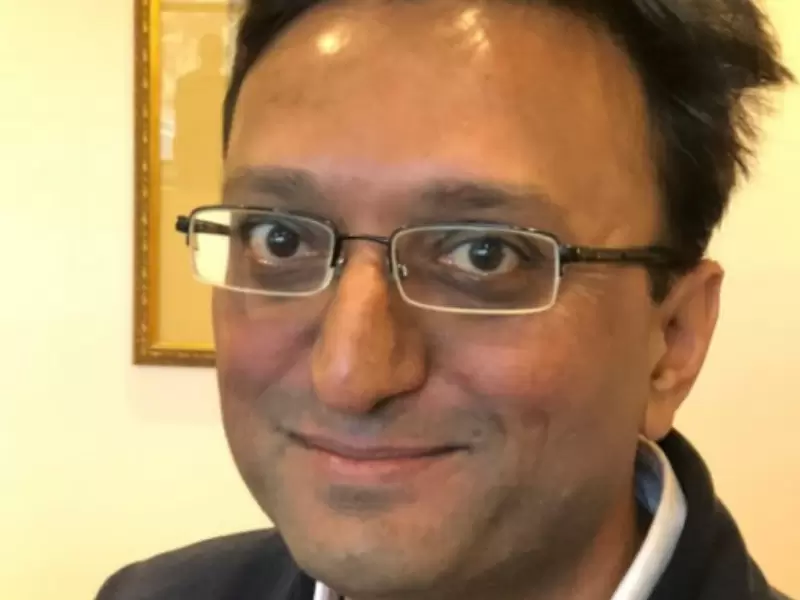
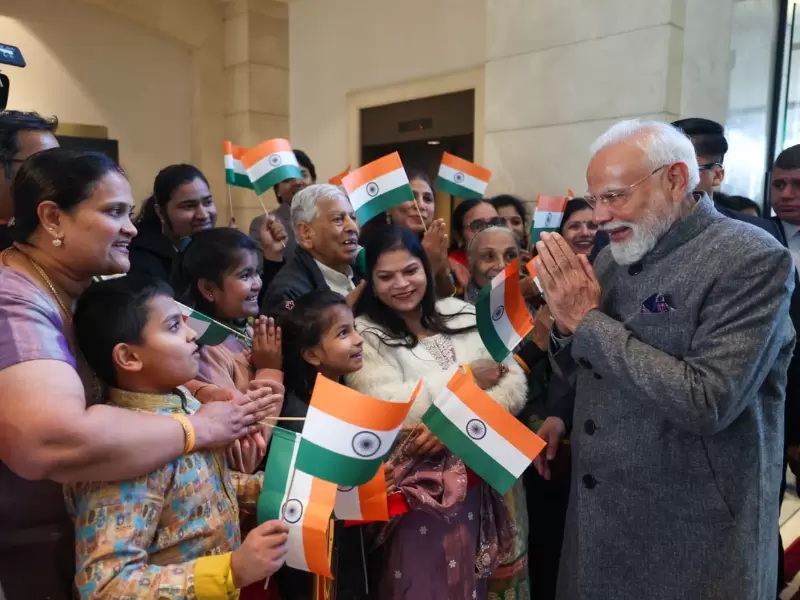


Comments
Start the conversation
Become a member of New India Abroad to start commenting.
Sign Up Now
Already have an account? Login